You might think that actions of one will not change the world. Perhaps not. I disagree – I think that every little thing helps, however insignificant it might seem. Because when you look closely to any big thing, it’s just a lot of little things!
Here are 10 tips on how you can make a difference. (Oh and change the world!)
One: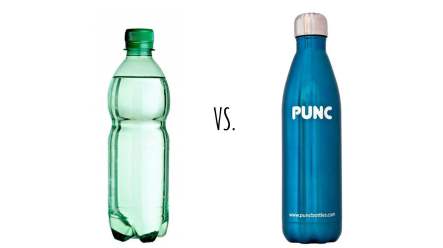
Did you know that 50% of the plastic we use, we use just once and throw away? No wonder then that enough plastic is thrown away each year to circle the earth four times…And not only that – bottled water can cost as much as 10,000 times more than tap water! So investing in a good stainless steel or glass bottle makes so much sense! I am very fond of these stainless steel bottles designed in Ireland that also come in an insulated variety so are great all-year-rounders!
Two:

Another plasticky culprit is that flimsy bag you get in the groceries – in Ireland, thankfully, for 22c each (it’s a start!) – and more than one million bags are used every minute. Annually, approximately 500 billion plastic bags are used worldwide. That’s a lot of plastic! Carrying your own bag is one of the easiest ways to change the world! Choose a cotton tote or whatever bag you have home already!
Three:
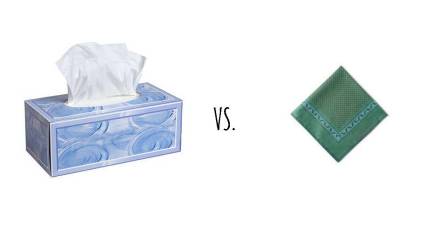
This one might take a bit of getting used to but since I grew up with handkerchiefs, it was an easy transition for me. It keeps your nose nice and soft and you can always use it (or keep a spare one) as a napkin, emergency packaging, bandage, etc…I got mine in a haberdashery in Slovakia but charity shops or online are good sources!
Four:
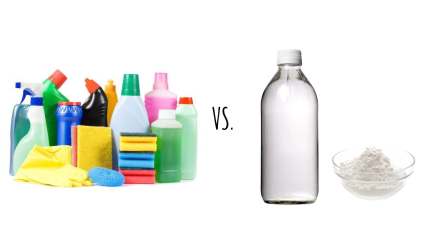
You might have already heard about the cleaning power of soda bicarbonate and vinegar – a match made in heaven for green cleaning! You can ditch your whole cleaning cabinet for these two superheroes. There are literally dozens of uses for soda and vinegar, separately and mixed together. I highly recommend them. Not only does it make a lot of unnecessary toxic products redundant but it’s easy on the pocket as well.
Five:
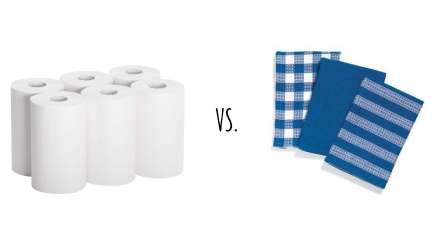
In a sea of disposable items, paper towels hold a special place for their convenience. But there is nothing that could not be swept, cleaned, polished, dusted or wrapped in a cotton towel or a plain rug from an old T-shirt. Just keep a few handy for all sorts of jobs. Easy. And without the waste.
Six:
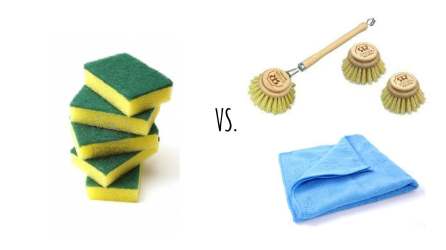
Sponges might be another staple in your cleaning repertoire but since they are a lovely breeding spot for bacteria you might want to swap them for a longer lasting and no-waste alternative. Try compostable brushes with wooden handles and changeable heads and cloth rags instead. You’ll never turn back. Or loofah – btw did you know that technically it’s a fruit?
Seven:
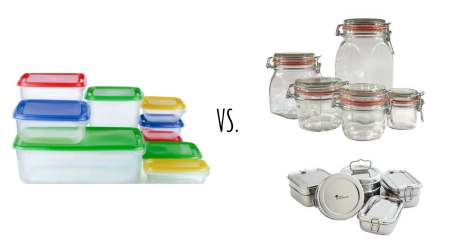
One of the reasons to switch to glass jars for food storage instead of the plastic kind is purely because they are prettier 🙂 But beside that, and far more importantly, with glass or metal there is no chance of nasty chemicals leaking into your yummy food. Oh and did you know that you can put them in a freezer as well? Handy.
Eight:
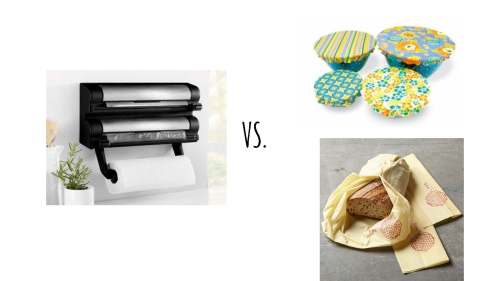
One thing that I once found very convenient was cling film. Everything wrapped in seconds with minimum effort. But also with a lot of non-recyclable plastic film heading straight to a landfill. I found that you actually don’t need anything specific to replace it with. A bit of cheese, lemon or a carrot spare? Pop it into a jar. Or in a bowl and cover with a plate. If you, however, need them (a small fridge would be one of the reasons) – there are a few clever alternative versions around! Look for reusable dish covers or beeswax-coated reusable wrap – or make them yourself.
Nine:

About 2 billion disposable razors are thrown away every year and usually head straight to a landfill. That is a lot. So, if you don’t have the cash for laser removal or the guts to embrace ‘no shave’, the easiest thing is to switch to a safety razor or a closed comb razor – you keep the razor and replace only the stainless steel blade. Depending on use and care, the blade can last about one to two months. They might look manly but fear not ladies- they are available in pink(ish) as well 🙂
Ten:

If you use make-up every day you probably find yourself using a lot of these…cotton rounds. They can be composted if they are 100% cotton but you could also use the reusable version instead. You can also sew them quite easily yourself. Made from soft flannel, they launder easily and last much longer. Oh and yes, they are prettier.
Bonus (for girls):

An average woman uses about 9,000 tampons/pads in her life. Beside the fact that most tampons and pads contain some nasties (like dioxin as a by-product of the bleaching process), these once used head straight to a landfill where they sit for centuries. A much more friendly version, to your body and the planet, are reusable options. I am a big fan of LadyCup but if you prefer non-insertable options, reusable cotton pads might be your new friend.

I’m browsing your site after coming in from #WasteLessWednesday. This is an excellent, clear guide to getting started reducing waste! I do want to mention that for handkerchiefs, you can go even greener by making your own from worn-out clothes. Typically, when a T-shirt develops small holes or gets unattractively stretched-out at the neck, there are other parts of the fabric that are still useful and so soft! Simply cut into squares of the size you prefer. I’ve found that this helps me to stop hoarding clothes that I don’t wear much because they’re so old-looking but can’t part with because I love the pattern so much–I can enjoy the pattern on a hanky for many years more.
LikeLike
Thank you! I usually cut up all tees to rags 🙂 but some of them are too pretty to be rags!
LikeLike